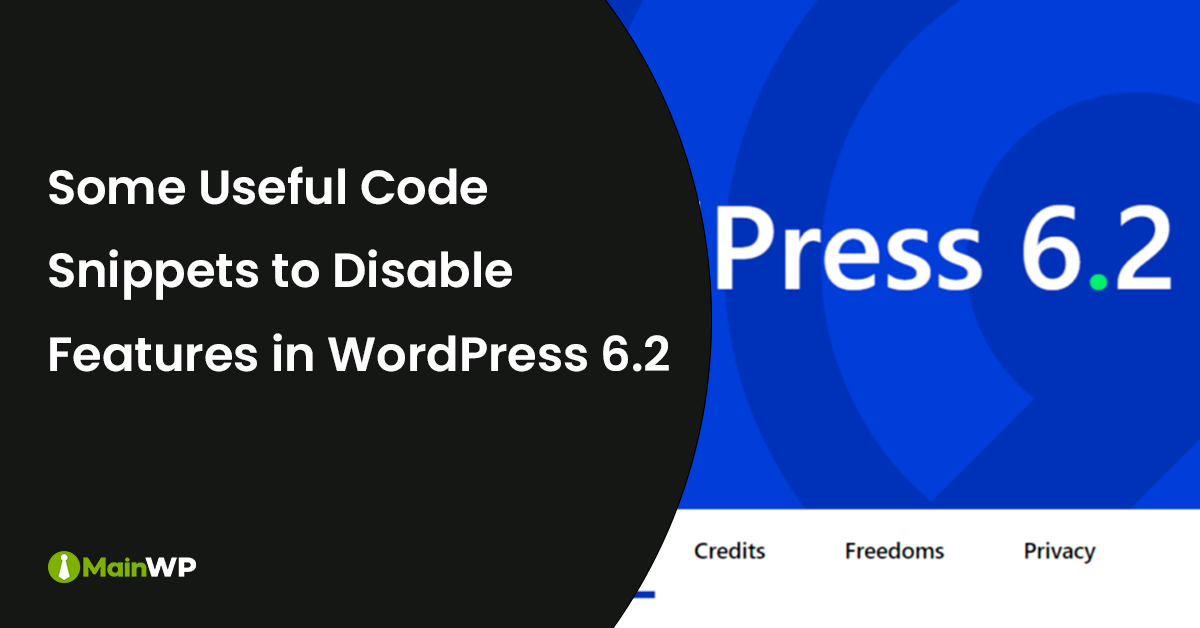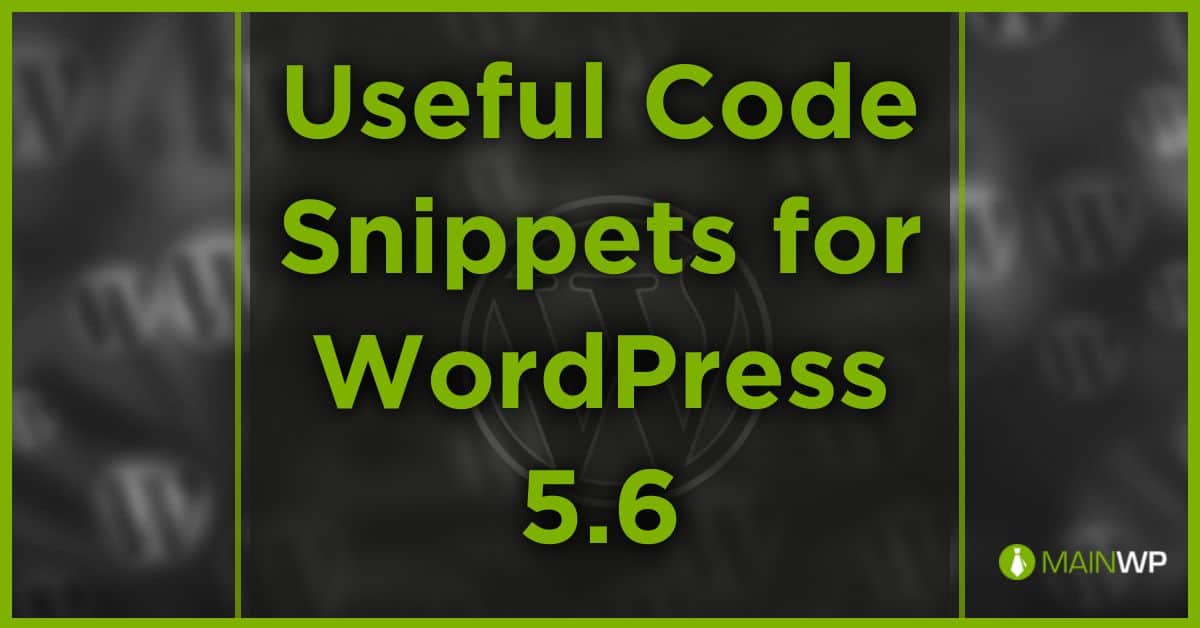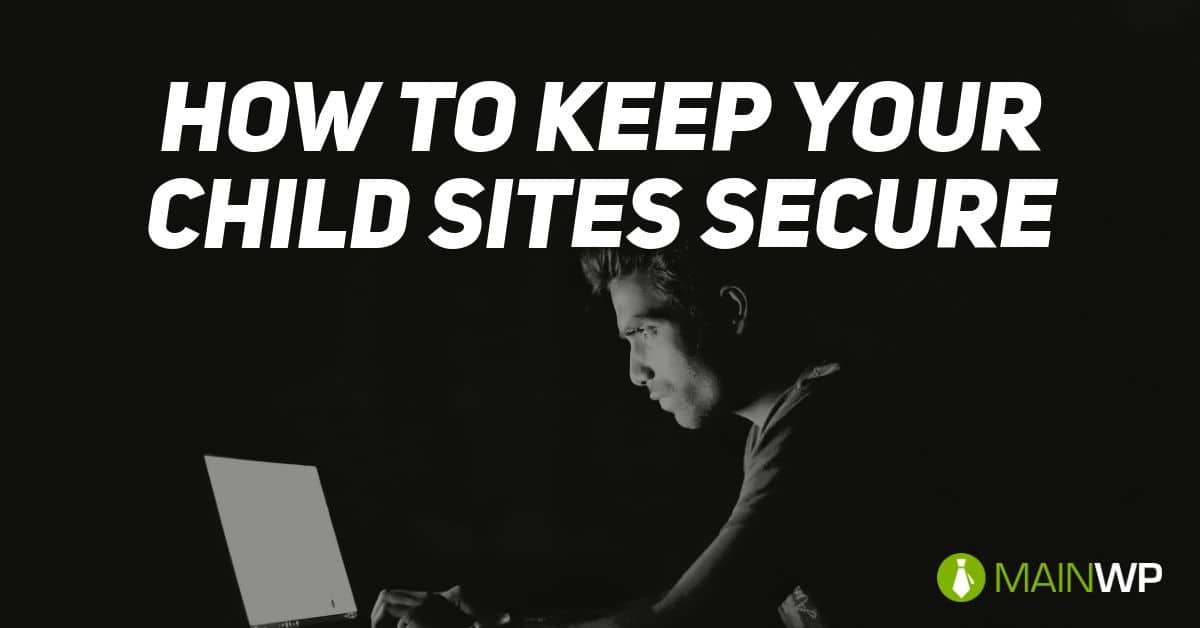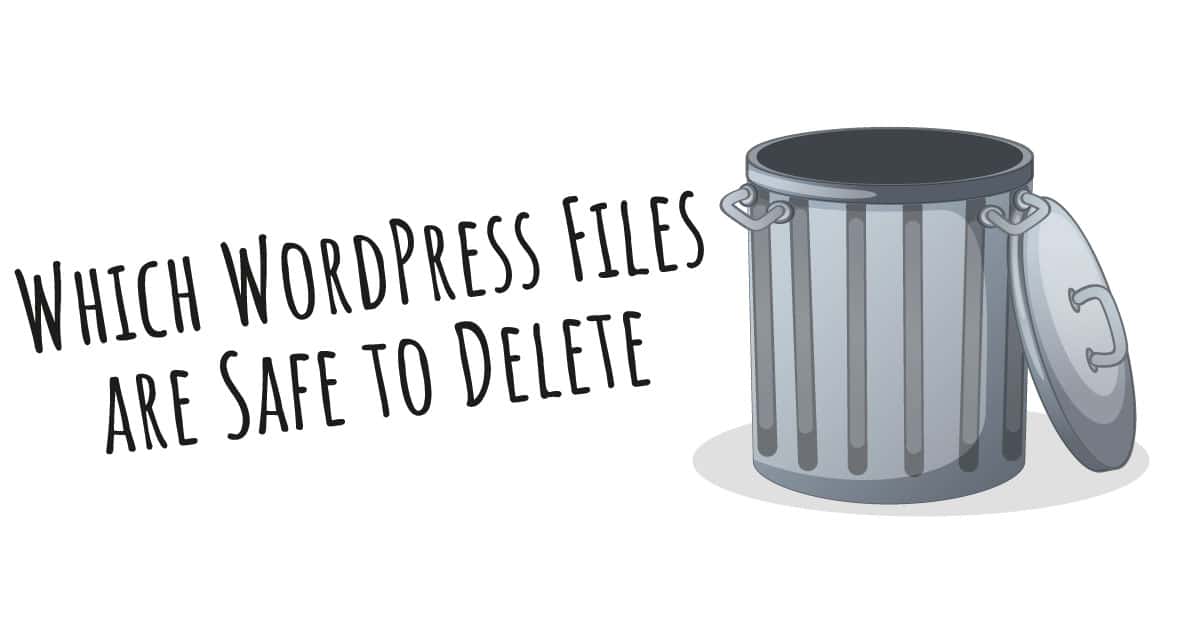
Building a core marketing message before executing tactics
We need to build a core marketing message. In 2004, Brian Halligan sat next to a fellow student, Dharmesh Shah, at the Massachusetts Institute of Technology (MIT). According to Halligan, that’s where the magic began. The two were passionate about technology and could see a change in how customers were buying. In 2005, they entered their idea into a business plan competition and were named semi-finalists. They took their model, “inbound marketing,” and created their company, HubSpot, and launched in 2006. The rest, as is often said, is history. For nearly 20 years, we have been using the inbound marketing













